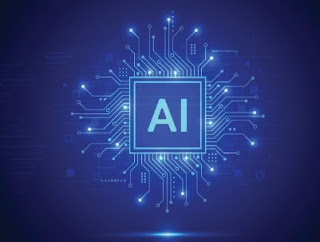AI isn’t just
powering the back office anymore it’s front and center in how consumers
discover products, make purchase decisions, and engage with brands. From
hyper-personalized search to conversational shopping, here are five ways AI is
reshaping everyday experiences and how these platforms are helping companies
stay ahead of the curve.
1. Hyper-Personalized Search Experiences
One of the most
significant shifts is the rise of hyper-personalized search. Traditional
keyword-based search has evolved into intelligent, predictive engines that
understand context, sentiment, and intent. Advanced natural language processing
models analyze browsing patterns and historical data to recommend the most
relevant results before consumers even finish typing. According to Salesforce,
73% of customers now expect brands to understand their unique needs and
expectations. Findability Sciences’ Business Co-Pilot technology
empowers retailers to transform raw search data into actionable insights,
enabling faster discovery and higher conversion rates.
2. Predictive Shopping and Demand
Forecasting
Another powerful
trend is predictive shopping and demand forecasting. With consumer demand more
dynamic than ever, AI can analyze signals like historical sales, seasonality,
and external events to anticipate buying patterns weeks in advance. Retailers
leveraging these predictive capabilities have reduced excess inventory by up to
30% while improving margins through dynamic pricing. By deploying Findability
Sciences’ forecasting solutions and intelligent dashboards, brands can make
smarter decisions about inventory, promotions, and supply chains long before
their competitors react.
3. Conversational Commerce on Social
Platforms
Conversational
commerce is taking hold as consumers increasingly expect real-time engagement
on their favorite platforms. Whether they’re shopping through WhatsApp,
Instagram, or TikTok, AI-powered chatbots and virtual assistants are bridging
the gap between product discovery and purchase in a single seamless
conversation. A recent survey found that 67% of Gen Z shoppers prefer brands
offering real-time chat assistance.
4. Visual Search and Discovery
Visual search is
transforming the way people discover new products. Instead of typing queries,
shoppers can now snap a picture or upload a screenshot to find exactly what
they want. Platforms like Pinterest Lens and Google Lens collectively drive
over 10 billion visual searches every month, enabling consumers to move from
inspiration to purchase in seconds. By combining computer vision and predictive
analytics, Findability Sciences helps retailers pinpoint which products are
generating the most engagement and optimize their merchandising strategies
accordingly.
5. Real-Time Consumer Sentiment Analysis
Finally, real-time
consumer sentiment analysis is giving brands unprecedented visibility into how
customers feel about products, services, and experiences. AI can process
millions of unstructured data points—like social media posts, reviews, and call
transcripts—to uncover actionable insights that inform everything from product
development to marketing campaigns. Gartner reports that 80% of marketing
leaders see AI-powered sentiment analysis as critical for maintaining a
competitive edge.
As AI continues to
evolve, it’s clear that these technologies are no longer optional
add-ons—they’re essential tools for any brand that wants to stay relevant and
competitive. From anticipating demand to making search more intuitive and
conversations more personal, AI is raising the bar for what customers expect
every day. For retailers and consumer brands, the opportunity is not just about
automation, but about creating smarter, more responsive experiences that build
loyalty and drive growth. Those who invest now in harnessing AI’s predictive
and analytical power will be better positioned to adapt, innovate, and lead in
this new era of commerce.






